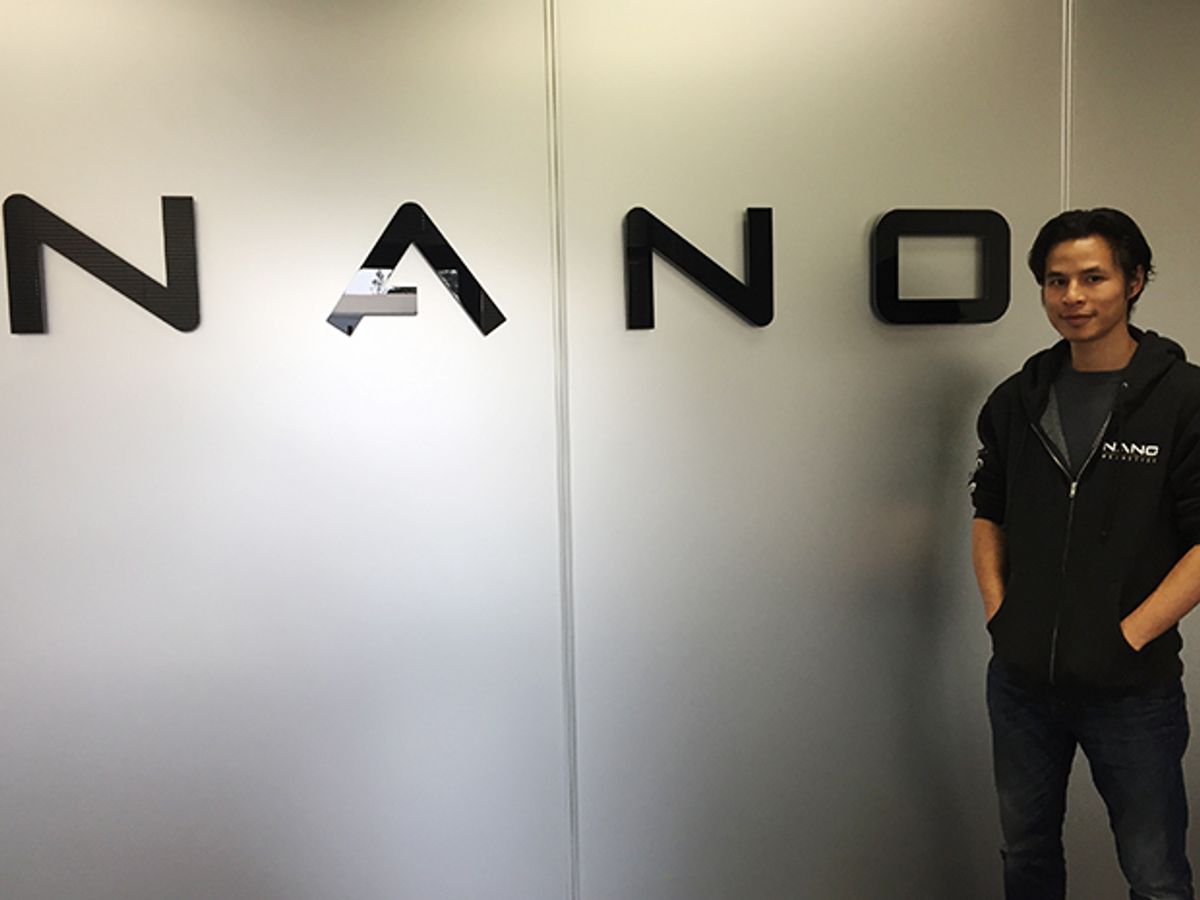Ever fiddle with a pile of round magnets, building and rebuilding it into a sculpture? One of the companies making that toy for adults came out of a Canadian company called Nanomagnetics, founded in 2009. A very cool and creative product, but it didn’t actually DO anything.

A research team within Nano Magnetics, back in 2014, started investigating ways to make cool things with magnetics that had more functionality. The first thing they came up with was a computer connector, similar to Apple’s MagSafe connector, but one that could transfer USB data, not just power. With that in prototype, and venture money from Horizons Ventures, the group in 2015 spun out as startup Nanoport Technology and packed up and moved to Silicon Valley.
Says founder and CEO Tim Szeto: “The investors told us to end our OEM relationships and business development efforts, focus on IP and product development, and move to the Valley.” He says the researchers, now 30 in all, have filed for more than 100 patents, and have a plan to change the way we think about discarded smart phones—and personal computing in general.
“When you buy your new smart phone, we want your old phone to become your home controller, or your baby monitor, or your security camera,” Szeto says. And he wants that to happen with minimal effort on your part—your phone should just know what you want it to be, depending on where it finds itself. Stick it on the wall, for example, and it becomes a smart light switch or home controller; stick it on a crib, and it becomes a baby monitor. Stick it on the refrigerator, and it’s your Alexa or recipe pad.
It’s all based, of course, on magnetics—and lots of software.

If smart phones used magnetics for all their connections—data and power—they would be easy to connect together into new and more powerful devices, or to connect to wall plates or other peripherals that would turn them into powerful components of the Internet of Things, says Szeto.
Down the road, Szeto doesn’t just want your devices to know where they are and what they should be doing, he wants them to know where you are and what you should be doing. When you’re at home, for example, your computers and smart devices might display different images, apps, and browsing histories than when you are at the office. Eventually, he thinks, we might not need to lug pads and laptops around—a small wearable could identify us to the surrounding gadgets and turn them into our personal systems until we move away.

This week, Nanoport announced the first of the various pieces of technology that will, the company hopes, eventually snap together to make its vision a reality: a haptic engine, the TacHammer, that uses magnets to make a variety of subtle and not so subtle effects—clicks, vibrations of all sorts, and sharp jolts. It uses two arrays of magnets—one it calls the hammer, whose wobbles and bangs generate the sensations, and the other to float the hammer inside the device. This haptic engine, Szeto said, is simpler to manufacturer, simpler to program, and has more features than today’s spring and other haptic technologies. Initially, Szeto expects the device will migrate into video game controllers and cell phones because of these advantages, and be used to replace existing haptics engines. In terms of his long term plans, he says, his flexible phone of the future needs high-quality haptics in order to turn into wall switches or other types of controllers with buttons you can “feel.”

Szeto showed me some other technology in the works, including a magnetic connection that includes wireless power transfer using a split core transformer, a communications protocol that works by modulating the natural electrical fields of the body to connect devices by touch, and software intended to seamlessly connect devices in a room via Wi-Fi and Bluetooth without requiring individual pairing. No release date for this technology has been announced.
Tekla S. Perry is a senior editor at IEEE Spectrum. Based in Palo Alto, Calif., she's been covering the people, companies, and technology that make Silicon Valley a special place for more than 40 years. An IEEE member, she holds a bachelor's degree in journalism from Michigan State University.



